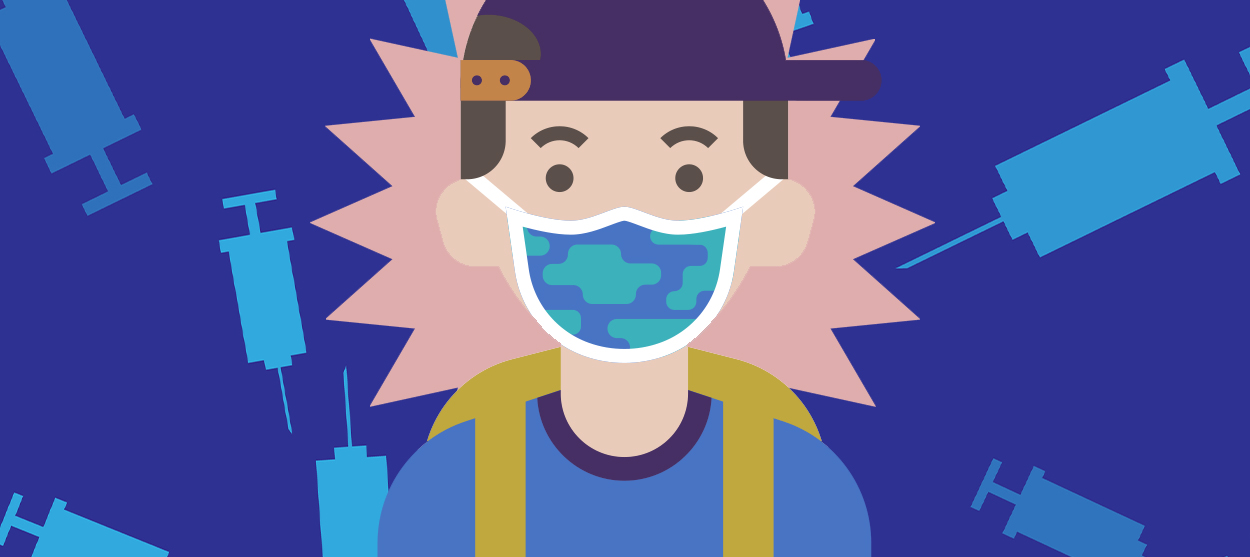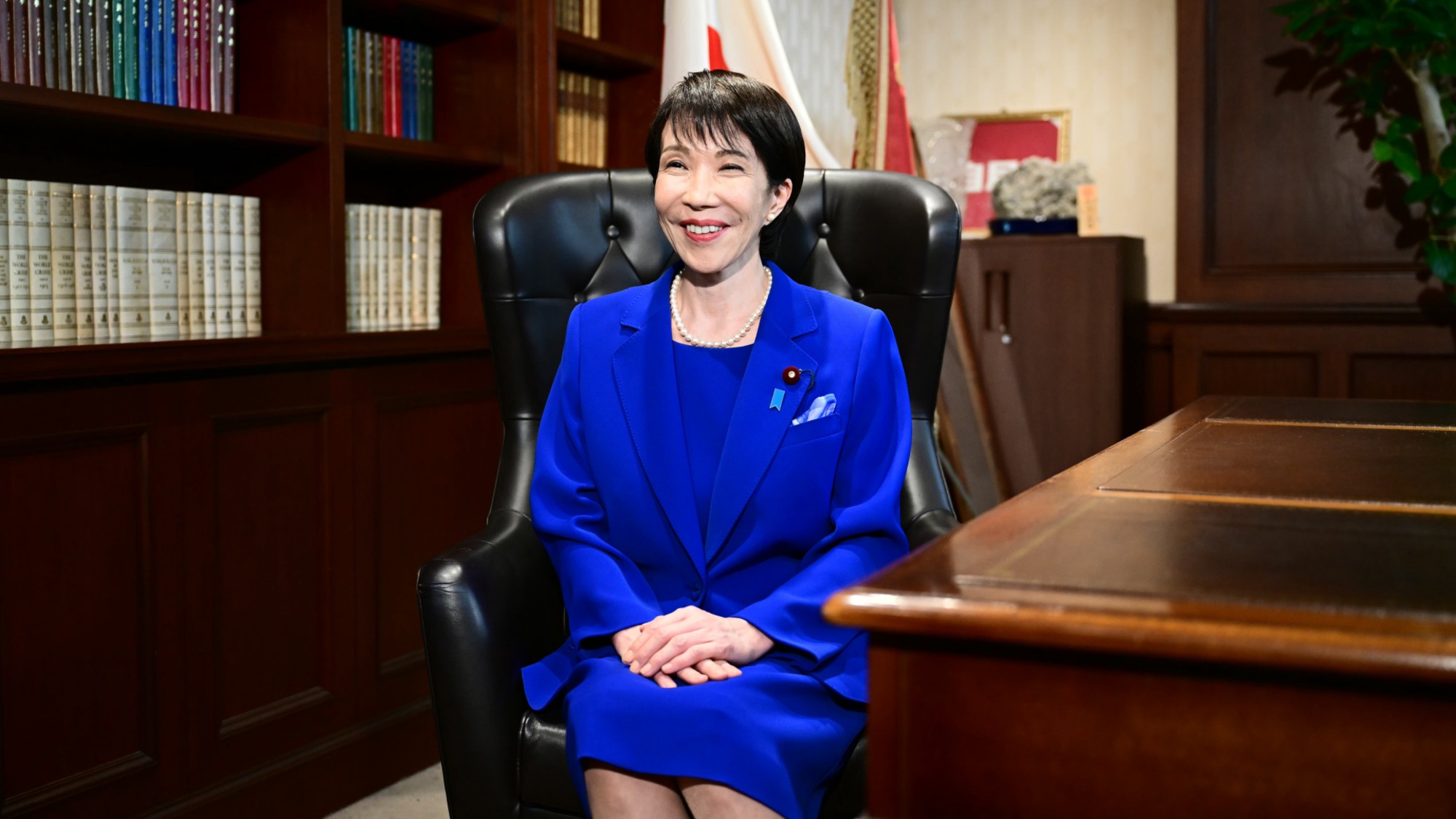The week's best parenting advice: April 6, 2021
Parental vaccine skepticism, LinkedIn's inclusive job titles, and more


1. The new vaccine skeptics
Are parents the new face of vaccine hesitancy? Just half of U.S. parents plan to vaccinate their kids against COVID-19 as soon as possible, according to an Axios-Ipsos survey. Axios notes that "Republicans surveyed were most resistant to vaccinating their children." While it's true that kids are less likely than adults to get very sick and die from COVID-19, "a January study found that the rate of hospitalization among people under 19 had increased more than eightfold over the course of the pandemic," observes James Hamblin at The Atlantic. Meanwhile, many experts believe newer variants are more likely than the original strain to infect young people. Parental caution is understandable, but "pediatricians already know that, in principle, the COVID-19 vaccines will be safe for children," Hamblin says. Parents concerned about mRNA vaccines "purely on the basis of their relative newness" might consider the adenoviral-vector vaccine from Johnson & Johnson. "Each vaccinated person helps lower the risk to everyone else," Hamblin says.
2. Can LinkedIn help normalize full-time parenting?
LinkedIn is expanding its list of job titles users can put on their online resume to include "stay-at-home mom" and "stay-at-home dad," Fortune reports. The move is intended to "allow full-time parents and other caretakers to provide more accurate descriptions of their time away from the paid labor force," Fortune adds. It's about time, writes Jamie Orsini at Motherly. "If you've taken time off from your career to care for a child or loved one, you shouldn't face unnecessary barriers when you'd like to return to work." But there's still a lot of work to be done toward normalizing full-time parenting. One recent study found that stay-at-home moms are half as likely to land a job interview compared to moms who have been laid off. According to Kate Weisshaar at HBR, stay-at-home parents, when identified as such, are seen as less reliable and less committed to work — and this was especially true for stay-at-home dads.
The Week
Escape your echo chamber. Get the facts behind the news, plus analysis from multiple perspectives.

Sign up for The Week's Free Newsletters
From our morning news briefing to a weekly Good News Newsletter, get the best of The Week delivered directly to your inbox.
From our morning news briefing to a weekly Good News Newsletter, get the best of The Week delivered directly to your inbox.
3. How to teach scissor safety
A parent's instinct is to keep all sharp objects away from their young children, but using scissors correctly is a fine motor skill that "needs to be learned in the preschool years," says Susie Allison at Busy Toddler. She has a simple hack for making it easier: Draw a tiny smiley face on the thumb of your child's scissors-wielding hand, and tell them to keep the smiley face upright. "When kids start using scissors, the natural inclination is to twist their wrists and hands," Allison says. "This makes cutting REAL hard." The smiley face trick helps make an abstract idea (don't twist your hand!) concrete. Be sure to choose a pair of scissors that fits your child's hands, and reinforce Parents' two "golden scissor safety rules": Paper is the only thing we cut, and no running or walking with scissors.
4. Breaking a thumb-sucking habit
How old is too old to be a thumb-sucker? According to the American Academy of Pediatrics, age 4 should be the upper limit. That's because thumb-sucking can affect the shape of a growing child's mouth or their teeth alignment. Most kids will outgrow the habit, but if not, parents might need to intervene. Start by talking about the problem. "If a child understands why it's time to cease the habit and takes some ownership in choosing the method along with you, they're more likely to be successful," says Meghan Moravcik Walbert at Lifehacker. Identify their triggers — sleep, stress, boredom, etc. — and introduce a substitution during those moments. Keep their hands busy with a craft during TV time, for example, or offer a cuddly toy at bedtime. And, as Walbert says, "go heavy on the positive reinforcement." Applaud them for not sucking their thumb, "particularly during what you know to be a trigger time for them."
A free daily email with the biggest news stories of the day – and the best features from TheWeek.com
5. How to talk to kids about addiction
Jessica Lahey got sober eight years ago after a decade of alcoholism. Now Lahey, the author of The Addiction Inoculation, is doing what she can to ensure her children don't repeat her mistakes. She says this begins by fostering a relationship with her sons based on honesty and openness. "Begin your long-term education in substance use and abuse with general talk about their health and safety, then, as they mature, get into the specifics of substance use beginning with the substances they are most likely to encounter early, such as nicotine and alcohol, and progressing on to the health and legal ramifications of harder drugs as well as the effects of these substances on the brain and mood." Start your prevention efforts when they're in elementary school, and keep it up through early adulthood. "The topic of substance use should be frequently discussed and evolve at an age-appropriate level as your kids grow up," Lahey says.
Jessica Hullinger is a writer and former deputy editor of The Week Digital. Originally from the American Midwest, she completed a degree in journalism at Indiana University Bloomington before relocating to New York City, where she pursued a career in media. After joining The Week as an intern in 2010, she served as the title’s audience development manager, senior editor and deputy editor, as well as a regular guest on “The Week Unwrapped” podcast. Her writing has featured in other publications including Popular Science, Fast Company, Fortune, and Self magazine, and she loves covering science and climate-related issues.
-
 How to financially prepare for divorce
How to financially prepare for divorceThe Explainer Facing ‘irreconcilable differences’ does not have to be financially devastating
-
 Why it’s important to shop around for a mortgage and what to look for
Why it’s important to shop around for a mortgage and what to look forThe Explainer You can save big by comparing different mortgage offers
-
 4 ways to save on rising health care costs
4 ways to save on rising health care costsThe Explainer Health care expenses are part of an overall increase in the cost of living for Americans
-
 How Bulgaria’s government fell amid mass protests
How Bulgaria’s government fell amid mass protestsThe Explainer The country’s prime minister resigned as part of the fallout
-
 Femicide: Italy’s newest crime
Femicide: Italy’s newest crimeThe Explainer Landmark law to criminalise murder of a woman as an ‘act of hatred’ or ‘subjugation’ but critics say Italy is still deeply patriarchal
-
 Brazil’s Bolsonaro behind bars after appeals run out
Brazil’s Bolsonaro behind bars after appeals run outSpeed Read He will serve 27 years in prison
-
 Americans traveling abroad face renewed criticism in the Trump era
Americans traveling abroad face renewed criticism in the Trump eraThe Explainer Some of Trump’s behavior has Americans being questioned
-
 Nigeria confused by Trump invasion threat
Nigeria confused by Trump invasion threatSpeed Read Trump has claimed the country is persecuting Christians
-
 Sanae Takaichi: Japan’s Iron Lady set to be the country’s first woman prime minister
Sanae Takaichi: Japan’s Iron Lady set to be the country’s first woman prime ministerIn the Spotlight Takaichi is a member of Japan’s conservative, nationalist Liberal Democratic Party
-
 Russia is ‘helping China’ prepare for an invasion of Taiwan
Russia is ‘helping China’ prepare for an invasion of TaiwanIn the Spotlight Russia is reportedly allowing China access to military training
-
 Interpol arrests hundreds in Africa-wide sextortion crackdown
Interpol arrests hundreds in Africa-wide sextortion crackdownIN THE SPOTLIGHT A series of stings disrupts major cybercrime operations as law enforcement estimates millions in losses from schemes designed to prey on lonely users
